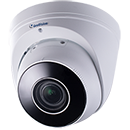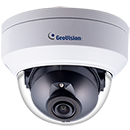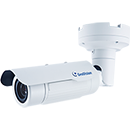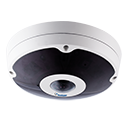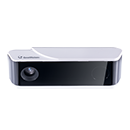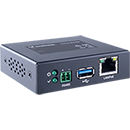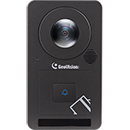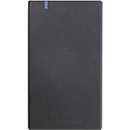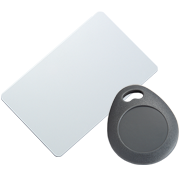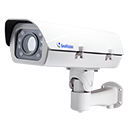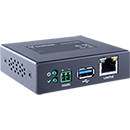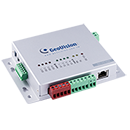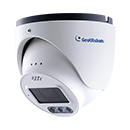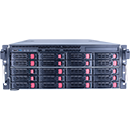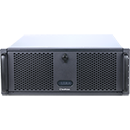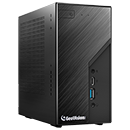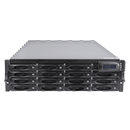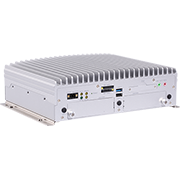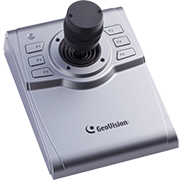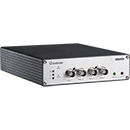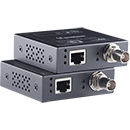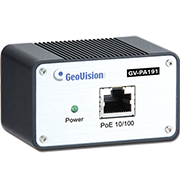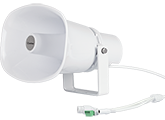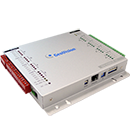What is Power over Ethernet (PoE)?
Power over Ethernet (PoE) is the process of sending electrical power and data over copper wire. The combination of data transmission along with power supplying hardware onto the same RJ45 Ethernet connector allows for the transmission of power over the network cabling. PoE networks can source power at the network switch side or at a PoE injector to add power to an existing data line.
How Does Power over Ethernet Work?
Power over Ethernet is a process where devices known as power sourcing equipment (PSE) provide a direct current (DC) voltage over a standard Ethernet cable to another connected device known as a p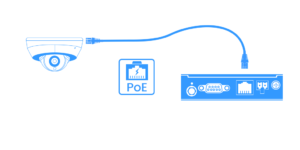 owered device (PD). This allows for the powering of devices without the need for a local power source at the device location or having to run a separate cable for power.
owered device (PD). This allows for the powering of devices without the need for a local power source at the device location or having to run a separate cable for power.
Power over Ethernet Evolution
Before Ethernet communications, devices like cameras required a signal cable to transmit the image back to a recorder. These devices also required local power supplies to provide power. Because cameras and similar devices are often installed in locations where local power may not be available, companies started running a mix of signal and power cables with a power supply transmitting power from the head end recorder location.
Through further development into signaling and power technologies, cameras started using multi-pair UTP cables, like CAT5, to send a mix of signaling and power. Signaling was sent on one or two of the four pairs of a CAT5 cable, and power transmitted on the remaining two pairs. This helped to simplify installations, as fewer cables were required to accomplish the same task.
When endpoint signaling moved away from analog transmissions to IP, this capability was lost. Then in 2003, Power over Ethernet was created and standardized by the Institute of Electrical and Electronics Engineers (IEEE).
Power Over Ethernet Standards
The Institute of Electrical and Electronics Engineers (IEEE) is the governing body that creates standards for Ethernet and other data communications. The first governing document created for PoE was 802.3AF, which states that compliant Power over Ethernet switches deliver 15.4W of power to guarantee delivery of 12.95W at the endpoint.
What is PoE+?
Improvements to this standard came in the form of 802.3AT, also known as PoE+, which states that Power Sourcing Equipment can provide 30W of power to ensure 25.5W at the endpoint. To guarantee a successful negotiation, both the switch and the endpoint device must be IEEE compliant. However, some device manufacturers have created their own implementations of PoE.
There are three main techniques for transmitting power over Ethernet cabling. These are Mode A (also known as common-mode data pair power), Mode B (spare-pair power), and 4PPoE (4-Pair power). With Mode A the power is provided on the same cable pair as the data pairs used in a 10Base-T or 100Base-TX transmission. With Mode B the spare pairs are used and with 4PPoE all 4-pairs of the Ethernet cable are used for power transmission.
There are varying names for these PoE standards ,but they all fall under the specified IEEE standards listed.
